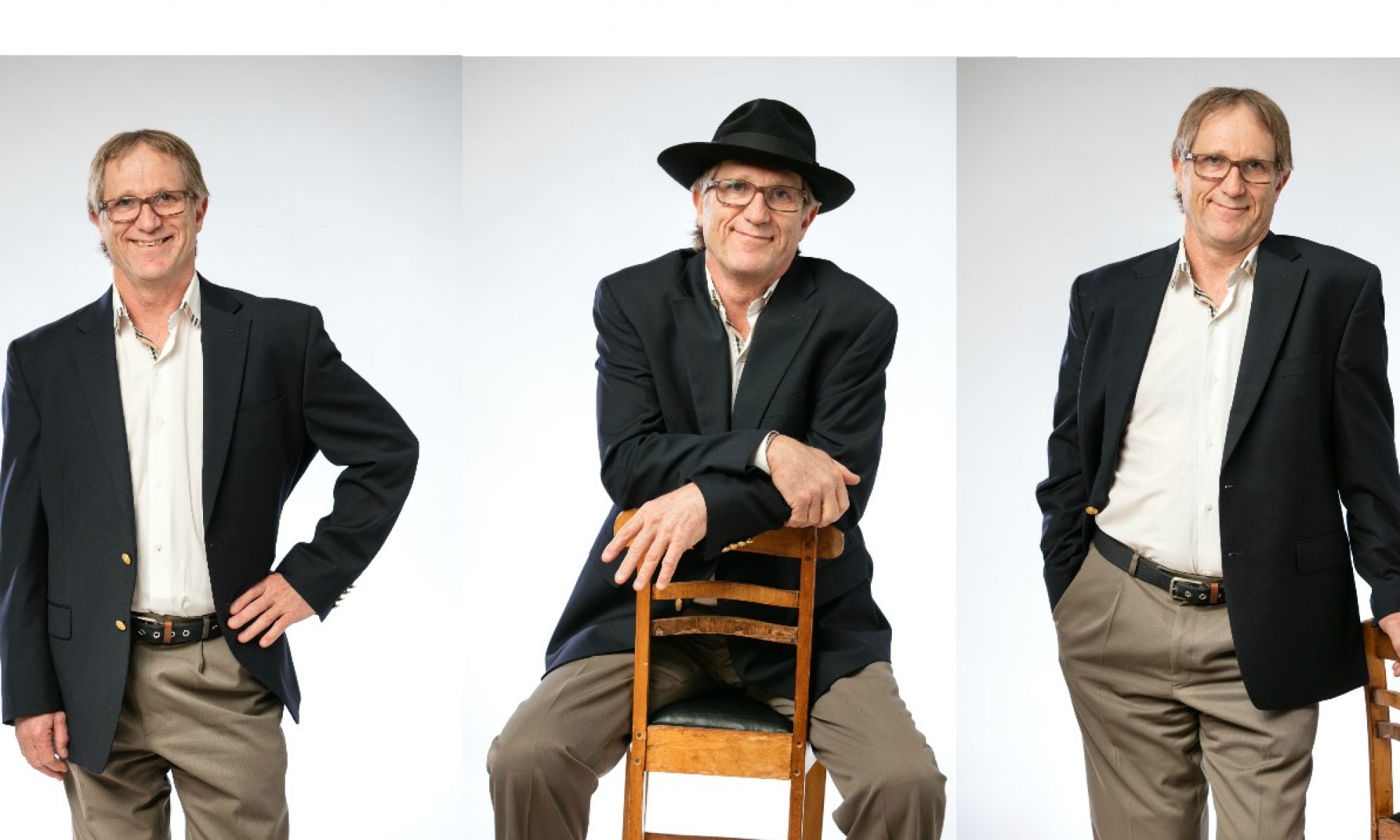Transcription:
Hi, it’ Diederik Gelderman here.
When you meet someone for the first time, whether that’s face-to-face, in a one-on-one meeting, whether it’s when you walk in to a room and there’s a group of people there looking at you when you walk in, whether you’re doing a presentation on stage to a big group, or even to a small group, would you like to create instant trust, respect, generate rapport?
Well, of course you would because building that trust and rapport and respect immediately increases your connectivity and connectedness with that one person or with that entire group and, when you create that connectivity, the ongoing communication goes so much better.
So, I’m putting together a series which is going to give you a little titbit on improving your communication and connection skills in each episode.
Each week, I’m going to give you a short, small actionable snippet of information and you’ll have a week to implement that information and practice and rehearse and role play and get that strategy engrained into your neurology.
And these tips and snippets over time, are going to build up into a whole arsenal of techniques that you can and will use to improve your communication, as I said, with either one person or with an entire group.
What we’re going to talk about today is the foundation to all great communication and connection.
Let me ask you a question. I need you to think just a little bit here. When you meet a person for the first time, what is or are the things that you immediately look at?
When they meet you, what are they immediately looking at?
And what I’d like you to think about is going way, think way, way back to pre-historic days, caveman days—so, what does the caveman look at when someone was approaching?
Well, it’s these things here, it’s the hands.
And, at some level, still today, we still notice visible hands, or not-visible hands, as the first thing we look at. That behaviours goes way, way back.
Obviously, in caveman days, we wanted to see whether they were carrying a club or a spear, and whether they were a threat to us or not.
As I said, at some level, we still look at hands and whether they are visible or not, and we use that as an internal guide as to whether that person’s trustworthy or not so trustworthy.
There have been lots of studies done using juries, and asking juries what they believe of defendants and why they believe or don’t believe various defendants.
Juries typically tell us that if a defendant’s hands are visible and on the table, then that person is more trustworthy than a defendant who has his or her hands hidden or under the table.
So, when you meet someone for the first time, it’s really, really, really important that your hands are visible.
Now, invisible hands are when you walk in in like this (hands in pockets or hands in armpits – crossed arms).
Now, it doesn’t matter whether you’re cold and you’ve got your hands tucked in your armpits because you’re cold. It doesn’t matter whether you may be wearing or carrying a handbag or a computer and your hand is under the strap of the handbag or under the computer case or whatever it happens to be.
It doesn’t matter whether you’re carrying a book and your hands are hidden by the book, or even whether you are holding a clip-board…..
In each one of those cases, your hands are hidden and therefore, you will be regarded by the person that you’re engaging with as less trustworthy than if you had your hands exposed.
So, that’s the simple message for today. Whenever you meet someone, especially when you meet them for the first time, but also on an on-going basis, ensure that your hands are exposed, and visible, and that the person can see your hands. You will develop a better relationship.
Make sure that for the next week you practice having ‘visible hands’.
I’ll see you on the next video. Bye.
Bye.


